Featured article
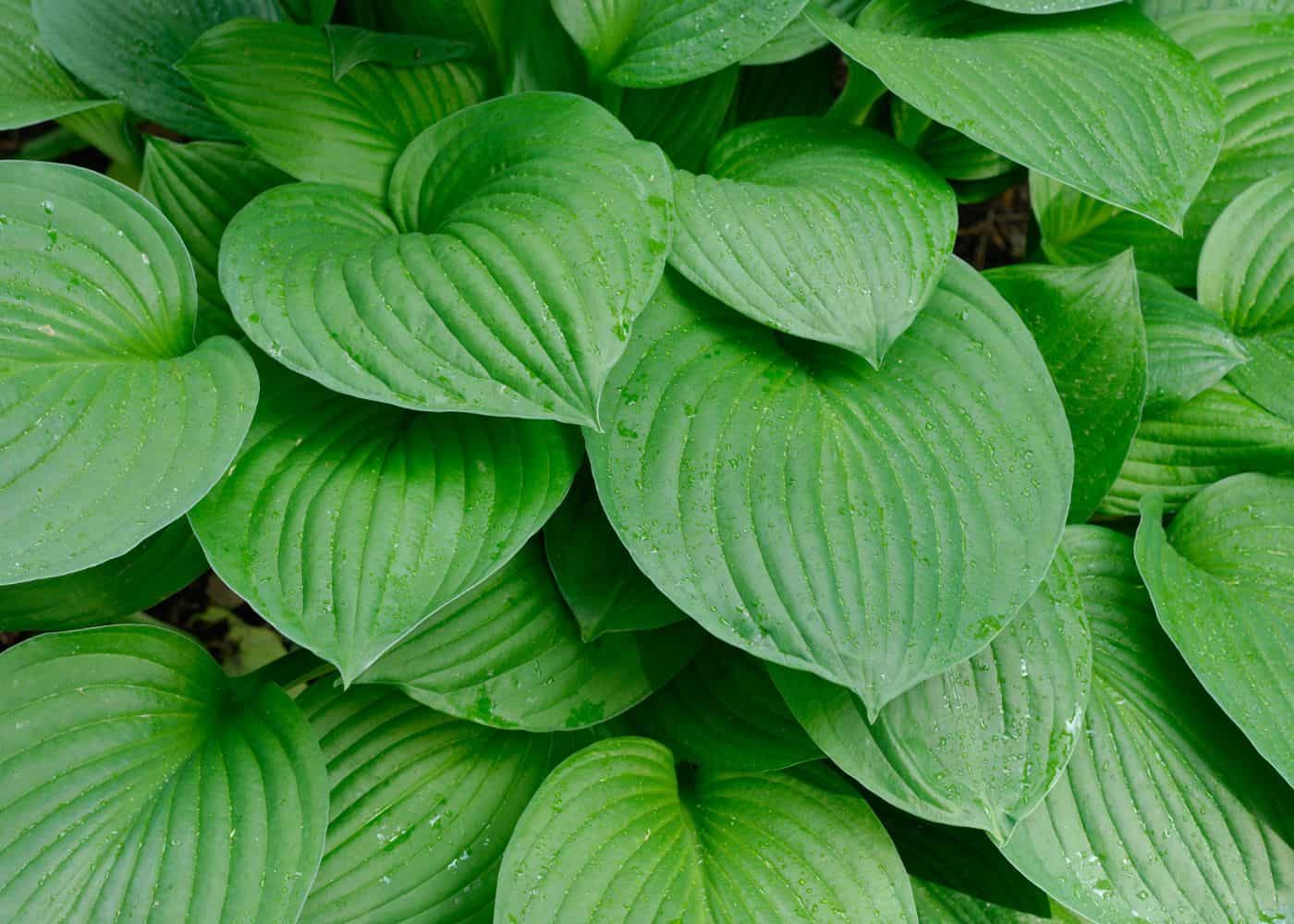
How to grow hostas
Learn how to grow hostas for a beautiful garden! Get tips on ideal planting location, soil preparation, watering, fertilizing, pruning & deadheading, and more.
Hostas, often celebrated as the heroes of shaded gardens, bring a delightful array of lush, leafy beauty to spaces that many flowering plants shy away from. Known for their striking foliage, which ranges in colors from deep greens to blues and even variegated patterns, hostas are versatile perennials that offer texture and form to gardens.
In this section, delve into the serene world of hostas, discovering their many varieties, care requirements, and the subtle flower spikes that many produce. Whether you have a sun-dappled corner or a deeply shaded nook, there’s a hosta ready to flourish there.

Learn how to grow hostas for a beautiful garden! Get tips on ideal planting location, soil preparation, watering, fertilizing, pruning & deadheading, and more.
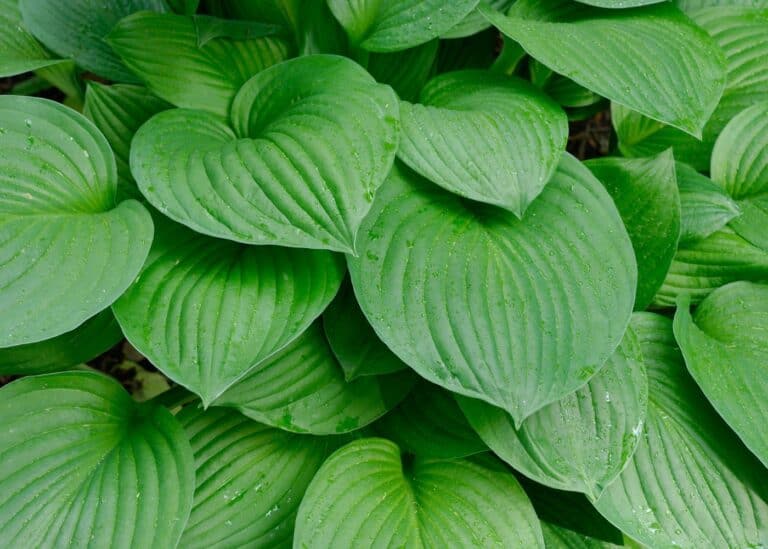
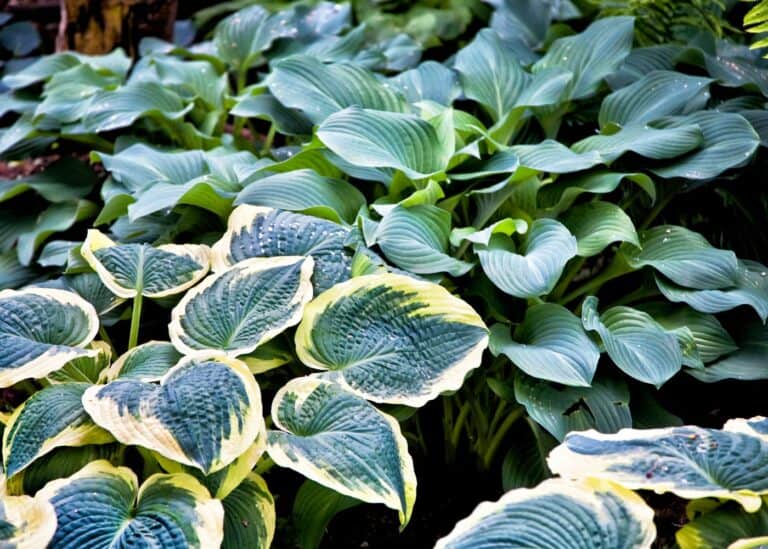
Hosta care starts with planting in a location with rich soil and mulching the soil…
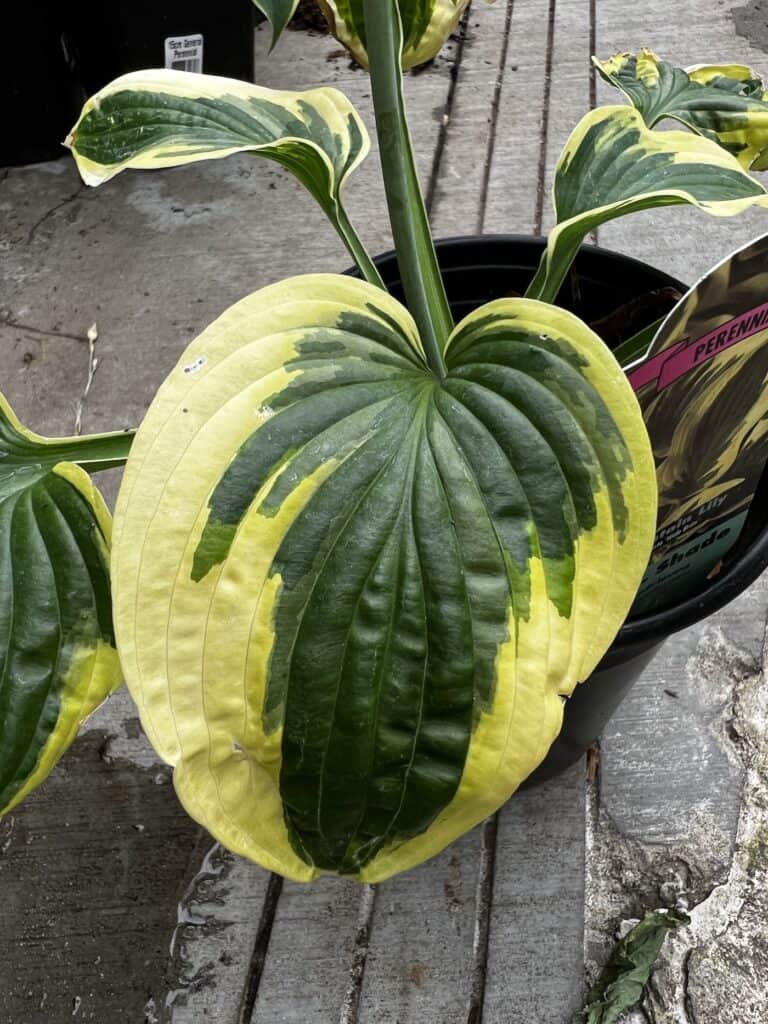
‘Wide Brim’ is a popular variegated green and yellow variety of hosta. These plants aren’t…
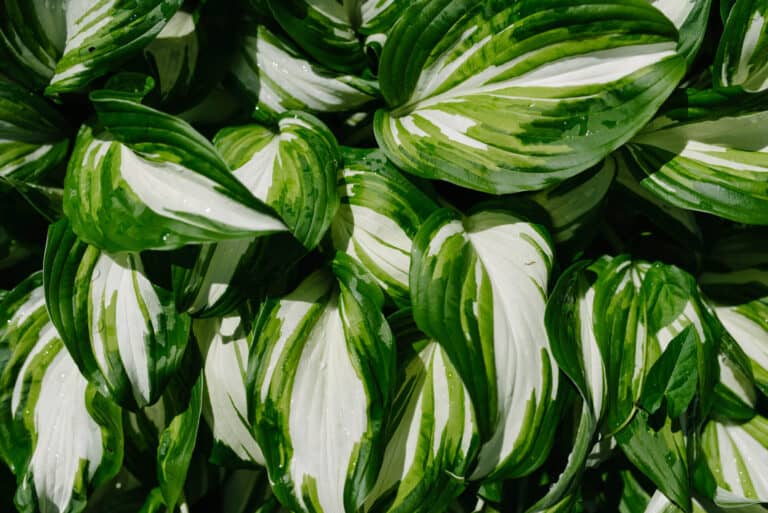
The Vulcan Hosta is a lovely variety named after the extraterrestrial humanoid species in the…
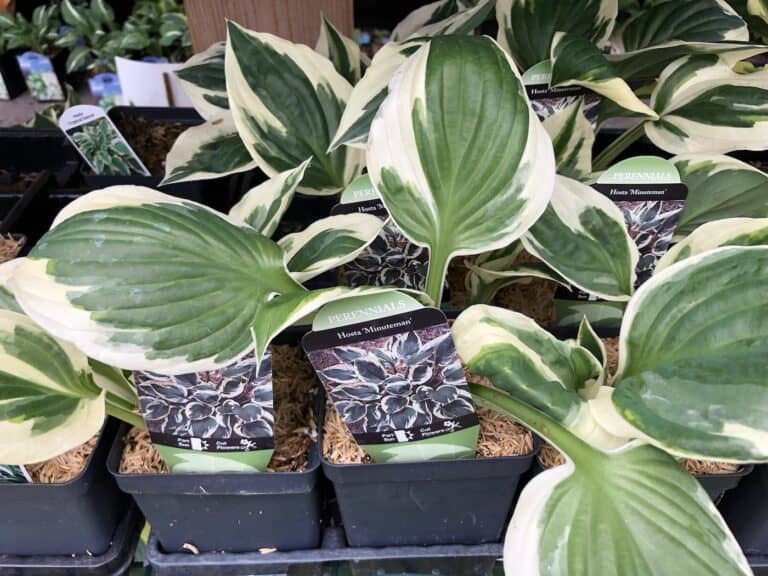
Minuteman is a popular hosta variety used commonly in low-maintenance landscaping and shady woodland gardens.…
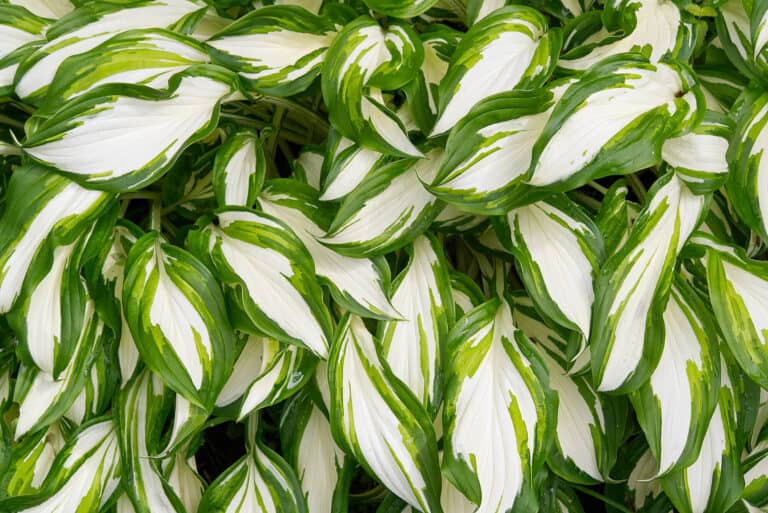
As a fan of perennials, you can’t go wrong with a loyalist hosta in your…
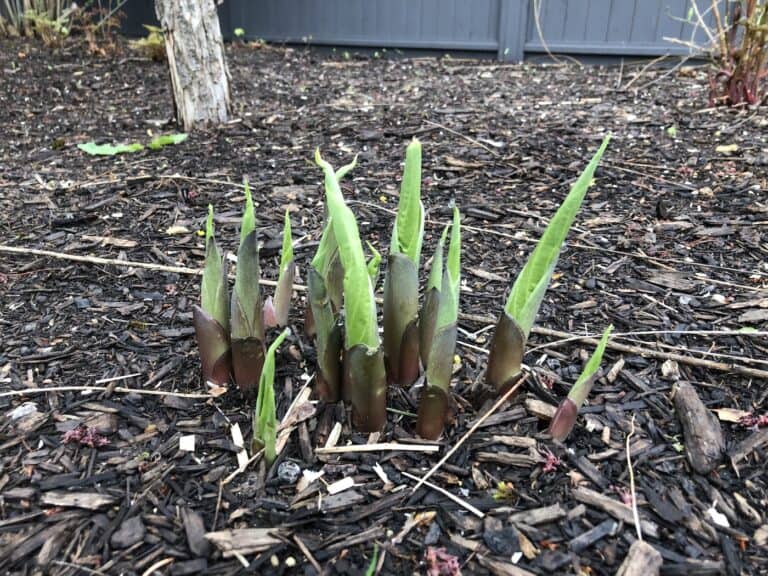
Hostas are herbaceous perennial plants that die back to the ground in the late fall…
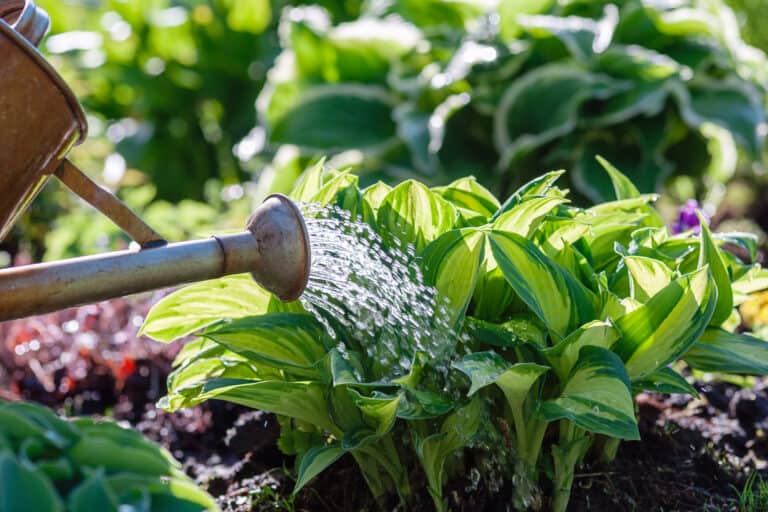
Most gardeners water their hostas about once a week. Hostas grow best with 1-2 inches…
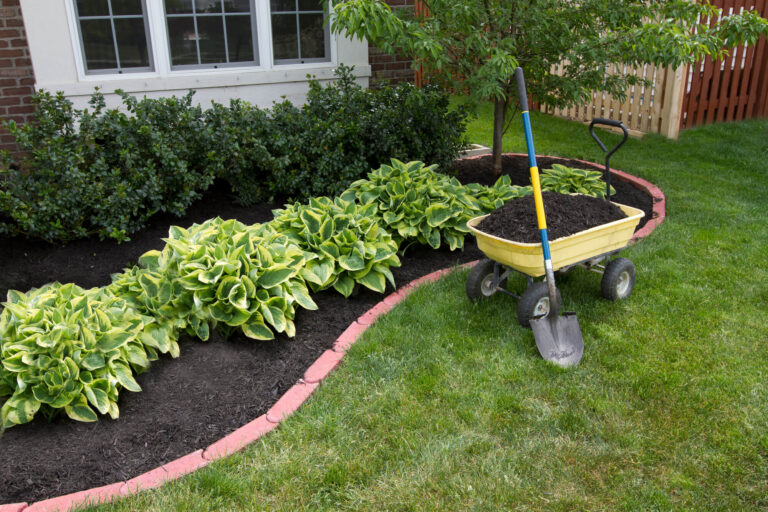
Although hostas are low-maintenance plants, they can benefit from some preparation to survive the cold…
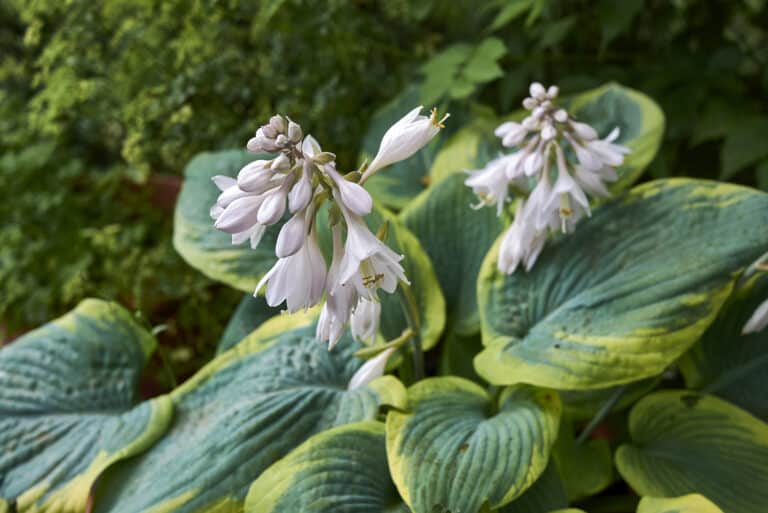
Today, I’m diving into the world of hostas, those versatile, shade-loving perennials. Whether you’re a…
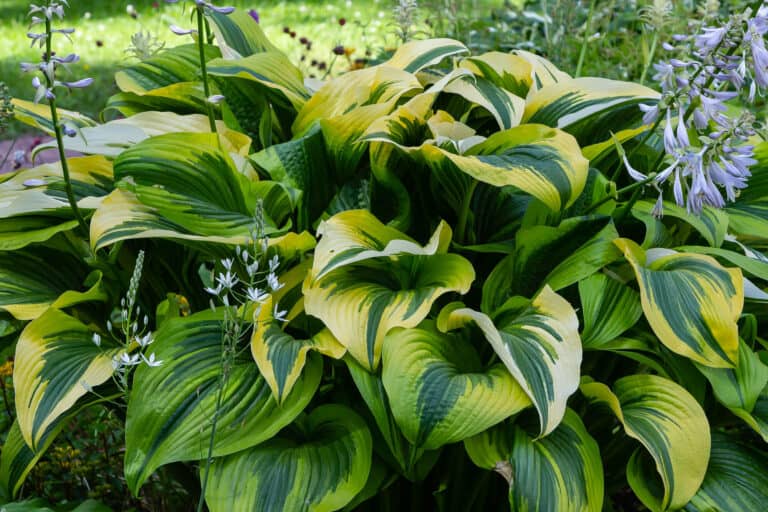
Sometimes, hostas seem to grow at a slower rate when compared with other plants. Fortunately,…
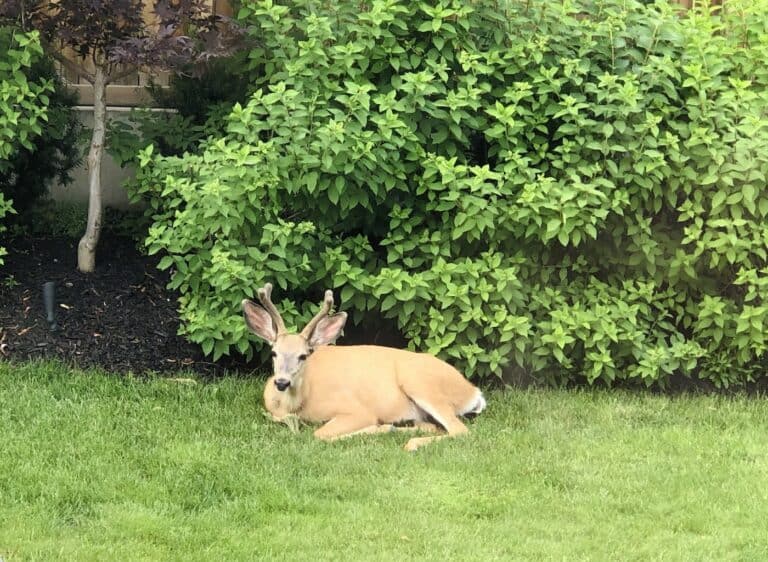
Deer are adorable, aren’t they? Not if they’re ruining your beloved hostas. There are several…